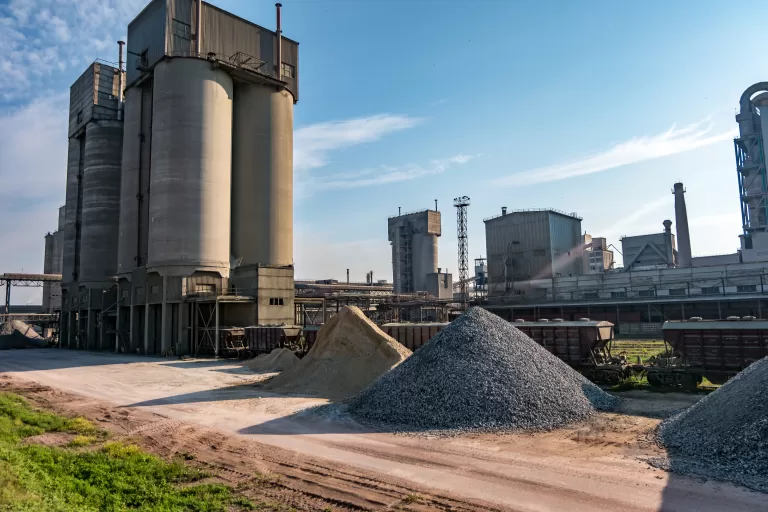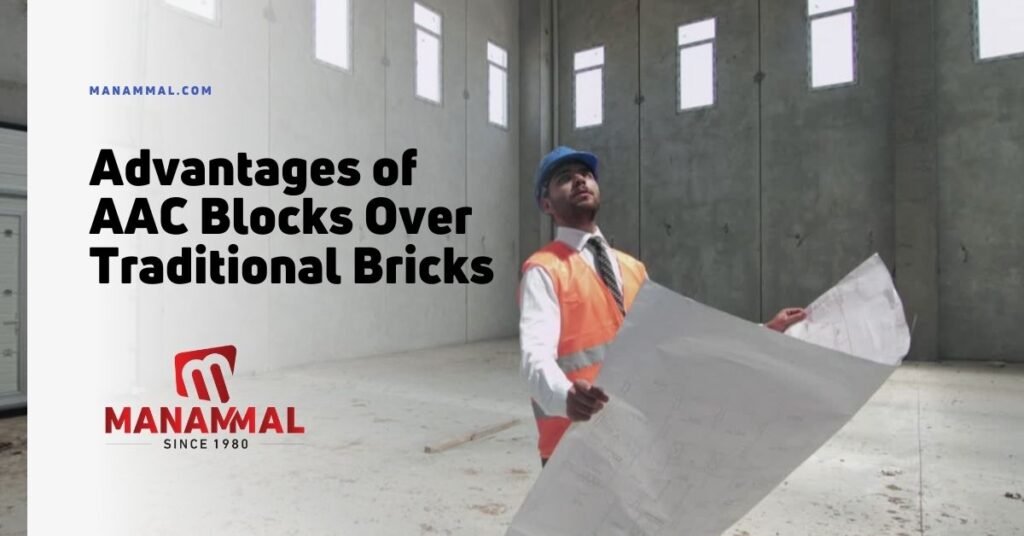When it comes to construction, the terms cement and concrete are often tossed around as if they’re the same thing. But here’s the truth: they’re not. Cement is just one ingredient in concrete—a crucial one, yes, but still just a part of the mix. Let’s break it down.
The Basics: Cement’s Role in Concrete
Cement is the binding material that holds everything together in concrete. It’s made by combining limestone and clay, grinding them into a fine powder, and heating them to crazy high temperatures—like 1450°C (2642°F)! This process creates clinker, which is then mixed with additives like gypsum to make the cement you see in bags at the store.
Concrete, on the other hand, is a mix of cement, water, and aggregate (like sand and gravel). Together, these ingredients form a strong, durable material used in almost every structure you can think of, from bridges to homes.
The Journey of Cement Production 🛠️
Let’s walk through how cement is made:
- Raw Materials Extraction: Limestone and clay are quarried using blasting or heavy machinery.
- Crushing & Mixing: The materials are crushed and combined in just the right proportions.
- Grinding: The mix is ground into a fine powder, ensuring consistency.
- Heating in a Kiln: This powder is heated to extreme temperatures, forming clinker.
- Cooling & Final Grinding: The clinker is cooled and mixed with gypsum to control how fast it sets.

This detailed process ensures the cement is strong and reliable. It’s tested rigorously in labs to meet industry standards before it’s ready for use.
Concrete: The Real Star 🌟
Concrete owes its strength to a well-balanced mix of cement, aggregates, and water. Sand fills in the gaps between gravel, while cement binds everything together. Fun fact: A properly graded aggregate mix reduces the amount of cement needed, making the process more cost-effective! 💰
Admixtures: The Secret Sauce
Modern concrete often includes admixtures, which enhance its properties:
- Plasticizers improve workability, making it easier to pour and mold.
- Accelerators/Retarders adjust setting times, perfect for various climates or project needs.
- Fibers (like steel or carbon) increase tensile strength, reducing cracks.
Mixing It Up
The perfect concrete mix is an art and a science. Proportions depend on the strength and characteristics you need. Once the ingredients are measured, they’re mixed—traditionally by hand, but nowadays, mixers handle the job quickly and efficiently.
Water activates the cement, forming a paste that binds the aggregates. This process, called hydration, generates heat and strengthens the concrete over time.
Placement, Compaction, and Curing
After mixing, concrete is poured into molds or frameworks. It’s compacted to remove air pockets using vibrators or tampers. Compacting ensures the material is dense and durable.
The final step? Curing. Concrete needs moisture and the right temperature to fully develop its strength. This might mean keeping it damp or covering it with plastic sheets for several days.
Why Concrete Rules the World 🌎
Concrete is versatile, durable, and strong. It’s no wonder the industry is worth over $600 billion globally! Whether it’s a skyscraper or your backyard patio, concrete is the backbone of modern construction.
Get Top Cement Brands at Manammal! 🛒
Looking for high-quality cement to ensure your construction projects stand the test of time? Manammal.com has got you covered! 🏡 From trusted brands like UltraTech Cement to other industry-leading options, we provide top-notch products at competitive prices. Visit the Manammal Store today to explore our range of cement brands and find the perfect match for your needs!
So, next time someone uses “cement” and “concrete” interchangeably, you’ll know better. Cement is essential, but it’s just one piece of the puzzle.


